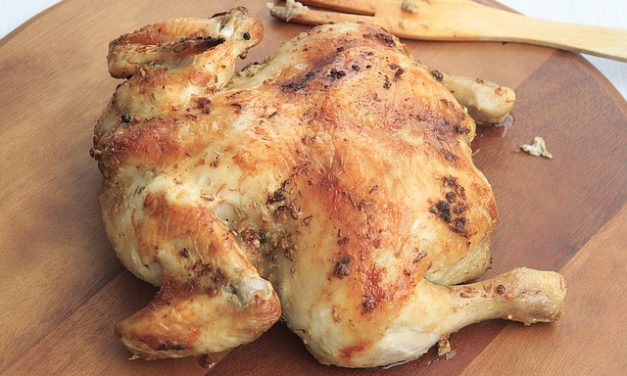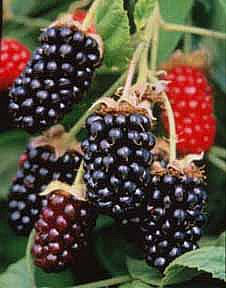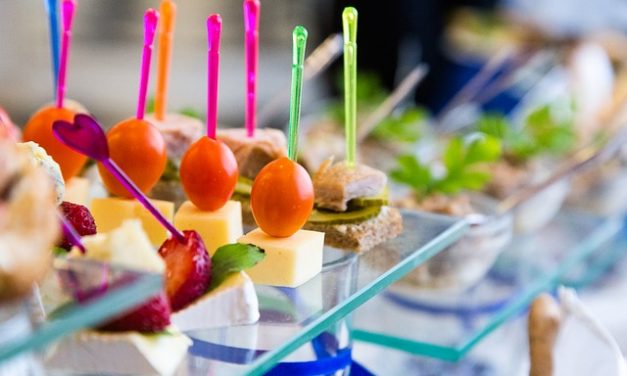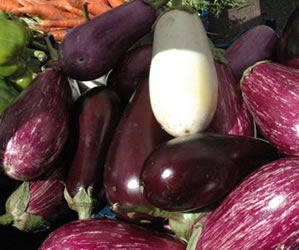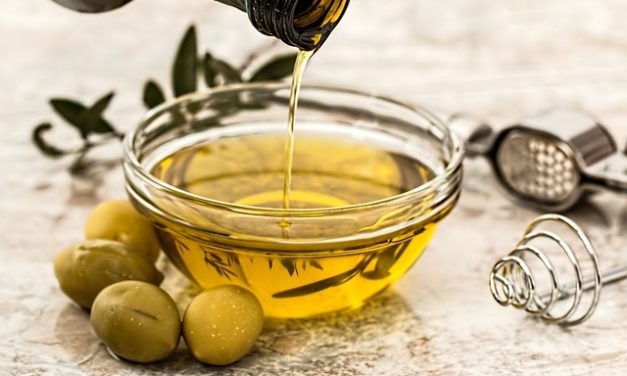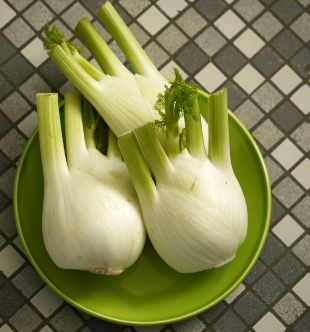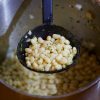Chicken in the Kitchen
The chicken can be prepared in almost any way imaginable, including baking, broiling, barbecuing, roasting, frying, poaching, braising, and stewing. Boning chicken will shorten any cooking time but will also slightly diminish the flavor. White meat and chicken without skin have fewer calories.

